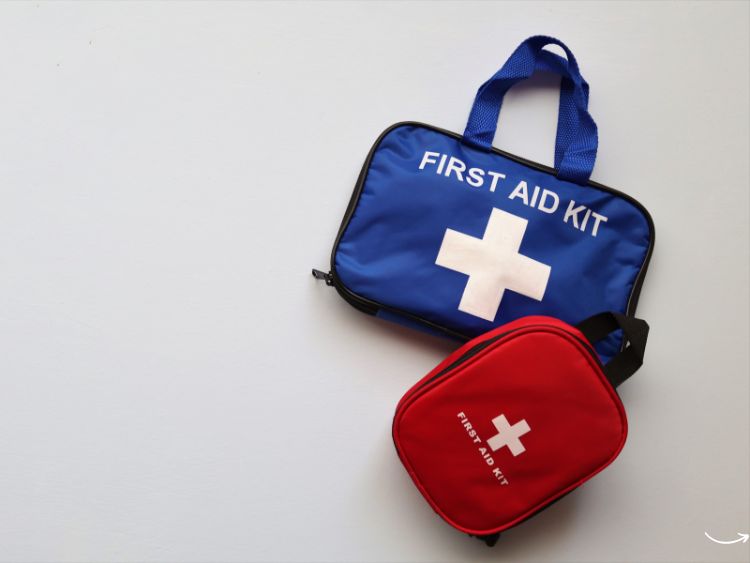Shipping heavy fitness equipment requires careful planning and execution to ensure the safety of the equipment and minimize costs. Whether you’re a business owner shipping to customers or an individual moving your home gym, following these essential tips will help streamline the process.
- Assess and Plan
Before shipping, assess the equipment. Identify the weight, dimensions, and any detachable parts. Planning is crucial, so take the time to measure and weigh each piece accurately. This information will help you choose the right shipping method and avoid surprises.
- Disassemble When Possible
Most heavy fitness equipment, like treadmills, ellipticals, and weight machines, can be partially disassembled. Removing parts like arms, legs, and consoles can make the pieces more manageable and reduce the risk of damage. Keep all screws, bolts, and small parts in labeled bags to make reassembly easier.
- Securely Pack and Protect
Proper packing is vital to prevent damage during transit. Use high-quality packing materials such as bubble wrap, foam padding, and moving blankets. Wrap each component individually, paying special attention to delicate parts like screens and electronics. Use sturdy boxes and crates for smaller parts and heavy-duty moving straps for larger pieces.
- Choose the Right Shipping Method
There are several shipping options available, each with its pros and cons:
- Freight Shipping: Ideal for very heavy or bulky items. Freight companies offer various services, including door-to-door, terminal-to-terminal, and curbside delivery. Ensure the freight company has experience handling fitness equipment.
- White Glove Delivery: This premium service includes packing, shipping, and in-home setup. It’s more expensive but provides peace of mind, especially for delicate or high-value equipment.
- Standard Parcel Shipping: Suitable for smaller and less heavy items. Make sure the package meets the carrier’s size and weight restrictions.
For reliable and cost-effective shipping options, consider using Shiply to find the best services tailored to your needs.
- Label and Document
Proper labeling is crucial. Clearly mark each package with handling instructions like “Fragile,” “This Side Up,” and “Heavy.” Include a detailed inventory list with photos of each item. This documentation is helpful for tracking and in case you need to file a damage claim.
- Ensure Proper Insurance
Shipping heavy fitness equipment can be expensive, so it’s wise to insure your shipment. Check with your shipping provider about insurance options. Make sure the coverage is adequate to cover the cost of replacement or repair.
- Coordinate with the Destination
Ensure someone is available to receive the shipment at the destination. For businesses, this might involve coordinating with customers. For personal shipments, ensure you or a designated person is present. Knowing the delivery schedule helps prevent missed deliveries and additional fees.
- Handle with Care During Loading and Unloading
Loading and unloading are critical stages in the shipping process. Use appropriate equipment like dollies, hand trucks, and loading ramps. Ensure the equipment is securely fastened during transport to prevent shifting. Enlist help if needed; heavy equipment often requires multiple people to move safely.
- Consider Professional Movers
If you’re not confident in handling the process yourself, hiring professional movers can be a smart decision. Look for movers specializing in fitness equipment. They have the experience, tools, and techniques to handle heavy items safely and efficiently.
- Plan for Reassembly
Once your equipment arrives, reassembly is the final step. Refer to your documentation and labeled bags of parts. Follow the manufacturer’s instructions closely. If you used professional movers or a white glove service, they might offer reassembly as part of their package.
- Mind the Costs
Shipping heavy fitness equipment can be costly. Consider all potential expenses, including packing materials, shipping fees, insurance, and potential customs fees for international shipments. Compare quotes from different shipping companies to find the best deal without compromising on service quality.
- Check for Regulations and Restrictions
If you’re shipping internationally, be aware of regulations and restrictions. Some countries have specific rules for importing fitness equipment. Ensure all paperwork is in order to avoid delays and additional costs.
- Communicate Clearly
Maintain clear communication with all parties involved, including the shipping company, the receiver, and any intermediaries. Clear instructions and updates can prevent misunderstandings and ensure a smooth shipping process.
- Track Your Shipment
Use tracking services to monitor your shipment’s progress. Most shipping companies provide tracking numbers and online tools to keep you informed. Tracking helps you stay updated on the delivery schedule and address any issues promptly.
- Prepare for the Unexpected
Despite thorough planning, unexpected issues can arise. Delays, weather conditions, and mishandling can impact your shipment. Have a contingency plan and be prepared to address problems as they occur. Keeping a flexible attitude can help you manage unexpected situations effectively.
- Get Feedback
After the shipping process, gather feedback from the receiver. Whether it’s a customer or a personal experience, understanding what went well and what could be improved helps refine future shipping efforts. Positive feedback indicates success, while constructive criticism highlights areas for improvement.
- Stay Updated on Best Practices
Shipping practices evolve, and staying updated on the latest best practices can improve your shipping process. Follow industry news, join relevant forums, and network with other shippers to stay informed about new methods, materials, and regulations.
Conclusion
Shipping heavy fitness equipment doesn’t have to be a daunting task. By assessing and planning, disassembling when possible, securely packing, choosing the right shipping method, labeling, ensuring proper insurance, coordinating with the destination, handling with care, considering professional movers, planning for reassembly, minding the costs, checking regulations, communicating clearly, tracking your shipment, preparing for the unexpected, getting feedback, and staying updated on best practices, you can ensure a smooth and successful shipping experience. With careful attention to detail and a proactive approach, you can protect your investment and ensure it arrives safely at its destination.



